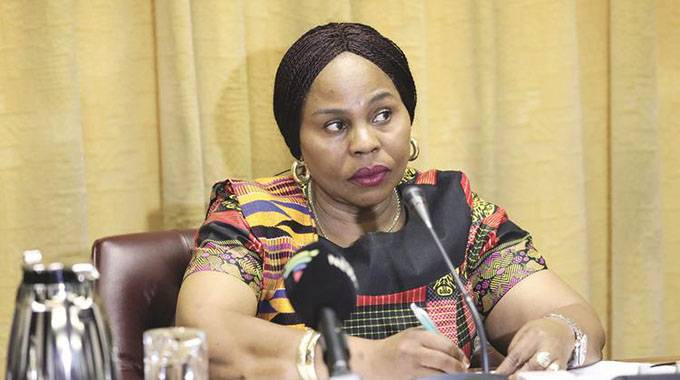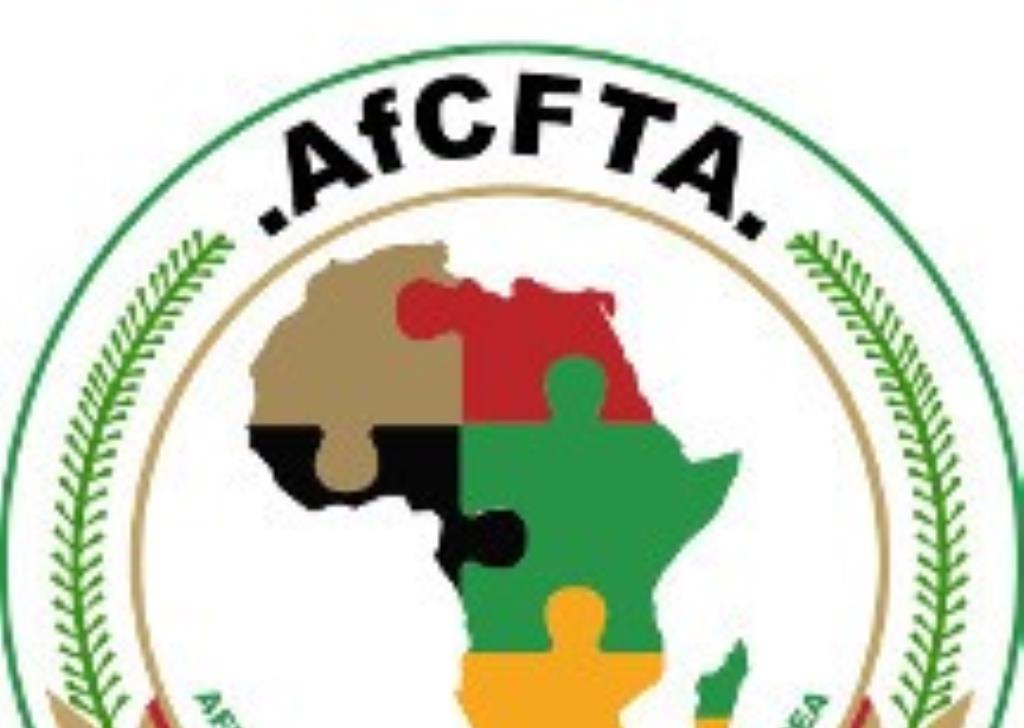SADC must build industry for AfCFTA
One major factor that SADC will have to address as it pushes the regional industrialisation policy is both the growing arrival of the African Continental Free Trade Area, which opens the continent to free trade, at least for products made on the continent with high levels of local content, and the fact that SADC at present is split between two competing regional free trade areas.
SADC inherited very largely the British imperial system for colonial Africa. In the south the five SADC members are all members of the Southern African Customs Union formed in 1910 when there was a belief, at least in South Africa and Britain, that one day Bechualand (now Botswana), Basotuland (now Lesotho) and Swaziland (now Eswatini) would be incorporated into the Union of South Africa and so should be economically tied early.
In fact, Lesotho and Botswana had been tied into the customs administration of the Cape Colony even before the Boer republics of Orange Free State and the Transvaal had been brought into the Empire in the Second Boer War and creating a more formal customs union with the imminent merger of the four settler colonies shortly before the Union of South Africa came into effect was not that hard.
This makes SACU easily the oldest extant customs union in Africa. The addition of Namibia after the First World War, when that former German colony became a colonial mandate of the Union of South Africa was simple, especially as there was a strong belief that one day it would join South Africa assuming the League of Nations was not going to be difficult over the mandate conditions about approval from the indigenous inhabitants.
Southern Rhodesia, and for that matter Northern Rhodesia, missed out as the BSA Company was not desperate to be absorbed and then Southern Rhodesia wanted to be separate from the Union when the settlers achieved self-government in 1923, although the economic policy was to be a commodity exporter and manufactures importer so that land-owning settlers would dominate and there would not be a white working class. That was one of the reasons why joining the Union had been rejected.
When the South African pound was formed it was the currency of the five SACU members and the conversion to the rand maintained that. Even the independence of the four non-South African members made little difference as their currencies are tied, although Botswana, with its budget surpluses has far more independence.
SACU formulas for the sharing of customs revenues into the block were adjusted over time, to be fairer to the smaller four, but there is an effective single market in the south of SADC.
The northern SADC states were in a variety of customs unions. Zimbabwe, Zambia and Malawi were shoved together into the Federation of Rhodesia and Nyasaland for a decade from the early 1950s to the early 1960s and Tanzania was part of a slightly looser imperial East African grouping.
All the northern members of SADC joined the Common Market for East and Southern Africa, Comesa, as it formed during the 1980s, and most went for the establishment of the upgrade to a free-trade area in 2000, although the rules of origin meant that a large chunk of the manufacturing sectors did not get free trade, with too much assembly and distribution rather than actual production being the case. Tanzania pulled out in 2000 citing conflicts of interest over membership of other economic groups.
A proposal that SADC itself should form a free trade area with a common currency had support in the early 2000s but little was done to activate this, the SACU-Comesa divide being stronger than political wishes.
AfCTA is designed to eventually bring in SACU and Comesa as it moves towards a common market for the whole continent with the hard slog over things like rules of origin developed by Comesa and by Ecowas in West Africa and other regional common markets being aligned in the single set for the continent. But it will be some time before the sort of integration seen in SACU will be achieved.
At the moment AfCFTA has made quite a bit of progress on working out how operational member states can use their own domestic currencies in the trading, rather than have to have all transactions in a global hard currency, and is building up the rules of origin from the regional organisations, a process that converts a treaty into a fairly thick book that bureaucrats can use in practice.
The currency conditions are critical, since otherwise continental trade in a free market simply continues the present systems and trading liquidity shortages, rather than moves towards the sort of market the European Union created in its days as the European Economic Community when every country had its own currency, first with fixed rates of exchange, then with the multiple floats, and then with the refixing of exchange rates before the euro took over, although with mavericks like pre-Brexit Britain and the fact that most of the newer East European members still had to meet euro membership rules. So it is possible to have a single market with multi-currencies and shifting exchange rates.
The rules of origin are important, so that outside manufacturers do not benefit simply by setting up subsidiaries that relabel products, or just do final assembly in Africa with all the bits imported.
There has to be actual manufacturing in Africa using African raw materials and components, although the raw materials and components can come from any African country.
Percentages vary according to product, hence the thick rule book, with higher African percentages required for the more basic products.
The free market relies on in effect giving protection to African manufacturers and processors. Agriculture free trade is simple, since the stuff has to be grown in Africa or be livestock that grazes in Africa, but manufacturing can be complex.
It should be noted that ownership of the manufacturing businesses does not have to be African, allowing continued inward investment into the continent.
In fact the creation of AfCFTA should encourage major industrial concerns to set up in Africa and so long as they are processing African raw materials to make their stuff they will benefit from the growing free market. They can bring in machinery and blueprints, but not very much of the materials or components.
Zimbabwe is already starting to win in this regard. The Manhize steelworks are an obvious example of a major Chinese company ready to make its steels in Africa from African materials to fulfil export orders on the continent, and Zimbabwe being a resource rich but capital poor country might well find a major niche with a lot more of this sort of manufacturing.
AfCFTA should provide the large free market that makes high level local processing profitable and thus provide a basis for more advanced manufacture.
There has been talk of lithium battery manufacture in Zimbabwe, but that will require the market size. Raw materials are lithium, nickel cobalt and copper, and these are in Zimbabwe or in other SADC states, so AfCFTA rules of origin are a cinch.
South African starts with a large, basically first world level industrial base, thanks to the desperate efforts of the old apartheid regime to build up local content, but that inheritance does not necessarily create efficiencies, and the South African wage levels might be a problem.
This sort of national industrial creation has been a limiting factor, however much it can encourage local growth, and the need now is to make sure the industrial strategies look at the future continental market, a lot more like Manhize and even the creation of continental level cigarette manufacturing, another Zimbabwean policy, rather than importing components and screwing them together.
Zambia and DRC, two other resource rich countries in SADC, need to follow the same path while Angola and Mozambique, with their oil and gas reserves, need to look at chemical industries.
Each country needs to do what it does best and take advantage of the fact that transporting raw materials is expensive, these being high bulk and comparatively low value goods and so need short transport runs, and have for the main movements manufactured products, high value and low bulk.
In any case, the SADC strategy must recognise that AfCFTA will not allow closed national markets.-ebsinessweekl









